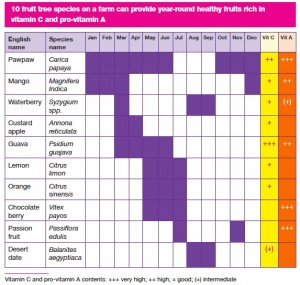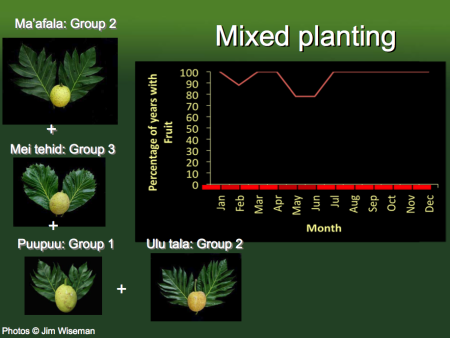A recent Nibble describing work in South Dakota to extend ever northward the range of the grape, including using wild relatives to breed new cold-tolerant varieties, brought back childhood memories for one of our readers:
Hansen was a proponent of stretching agriculture for the harsh northern environments. My grandparents lived in northern South Dakota and hence Hansen was one of the horticultural heroes from my childhood.
Hansen is — or was — Dr Niels Hansen, “South Dakota’s Great Plant Pioneer.” He sounds a fascinating character:
Already in his senior year as an undergraduate in 1887, N.E. Hansen was writing to his father, “There is both money and honor to be gained by someone who succeeds in bringing out fruits, better than old ones.” The money seemed to elude Hansen, though – he never got wealthy from his work as a plant breeder. But he did win honor, and he cultivated it carefully.
As chance would have it, there was another article on a northern fruit yesterday, this time the blueberry. That also has a long history of breeding in the Great Plains, though it all really started in New Jersey, of all places, as the article describes. Perhaps not surprisingly, though, the blueberry has expanded more southwards than northwards recently.
No word on whether macadamia is next for the cold treatment.

